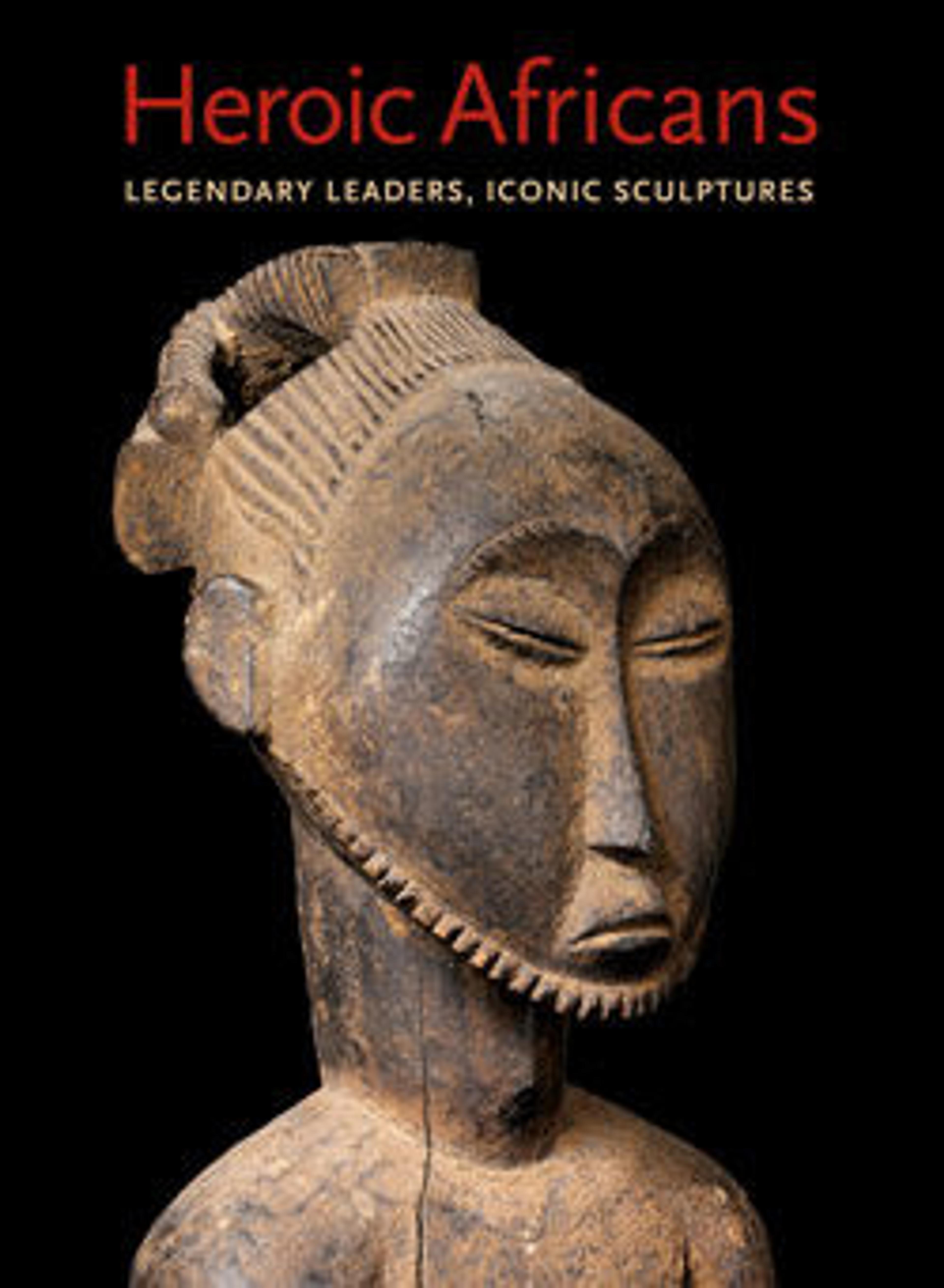Base from the Ézọ́mọ's Ikẹ̀gòbọ̀ (Altar of the Hand)
This work joins 1991.17.113.
In the kingdom of Benin, ikegobo, or "altars to the hand," celebrate the accomplishments of exceptional individuals. The hand is associated with action and productivity, and is considered the source of wealth, status, and success for all those who depend on manual skill and physical strength. Altars of this kind are commissioned in terracotta, wood, or brass, depending on the status of the patron.
This ikegobo is an important historical document associated with the reign of Akenzua I. In the early eighteenth century, rebellious chiefs challenged Akenzua's leadership and threatened the unity and stability of the kingdom. Ehenua, Akenzua's ezomo or military commander, played a central role in defeating these forces and restoring order to the kingdom. In recognition of his heroism and service, Akenzua presented Ehenua with an ikegobo illustrating his military triumph.
The artist who created this work, composed of a series of units, used costume, scale, and composition to denote the relative status of the figures depicted on the frieze. A monumental image of Ehenua, dressed in full military regalia and clutching trophies of war, appears at the center of a group of diminutive soldiers, attendants, and priests. Two rows of musketeers above the frieze include Portuguese soldiers, an indication of the degree to which European powers were engaged in the support of Benin's leadership at this time. A separately cast sculptural group sitting in front of these soldiers portrays Oba Akenzua in the act of performing sacrifices to his ancestors so that Ehenua will prevail and triumph over his adversaries. Finally, a carved ivory tusk, now missing, was fitted onto the brass peg between the soldiers.
While most Benin art left the kingdom as a result of the British Punitive Expedition of 1897, Ehenua's ikegobo remained in Benin in the possession of his descendants, who inherited the ezomo title. Its regular use across generations is a testament to its continued relevance and vitality.
In the kingdom of Benin, ikegobo, or "altars to the hand," celebrate the accomplishments of exceptional individuals. The hand is associated with action and productivity, and is considered the source of wealth, status, and success for all those who depend on manual skill and physical strength. Altars of this kind are commissioned in terracotta, wood, or brass, depending on the status of the patron.
This ikegobo is an important historical document associated with the reign of Akenzua I. In the early eighteenth century, rebellious chiefs challenged Akenzua's leadership and threatened the unity and stability of the kingdom. Ehenua, Akenzua's ezomo or military commander, played a central role in defeating these forces and restoring order to the kingdom. In recognition of his heroism and service, Akenzua presented Ehenua with an ikegobo illustrating his military triumph.
The artist who created this work, composed of a series of units, used costume, scale, and composition to denote the relative status of the figures depicted on the frieze. A monumental image of Ehenua, dressed in full military regalia and clutching trophies of war, appears at the center of a group of diminutive soldiers, attendants, and priests. Two rows of musketeers above the frieze include Portuguese soldiers, an indication of the degree to which European powers were engaged in the support of Benin's leadership at this time. A separately cast sculptural group sitting in front of these soldiers portrays Oba Akenzua in the act of performing sacrifices to his ancestors so that Ehenua will prevail and triumph over his adversaries. Finally, a carved ivory tusk, now missing, was fitted onto the brass peg between the soldiers.
While most Benin art left the kingdom as a result of the British Punitive Expedition of 1897, Ehenua's ikegobo remained in Benin in the possession of his descendants, who inherited the ezomo title. Its regular use across generations is a testament to its continued relevance and vitality.
Artwork Details
- Title: Base from the Ézọ́mọ's Ikẹ̀gòbọ̀ (Altar of the Hand)
- Artist: Ìgùn Ẹ́rọ̀nwwọ̀n (brass-casting guild) artists
- Date: 19th century
- Geography: Nigeria, Kingdom of Benin
- Culture: Edo peoples
- Medium: Brass
- Dimensions: H. 13 × W. 14 × D. 14 in. (33 × 35.6 × 35.6 cm)
- Classification: Metal-Sculpture
- Credit Line: Rogers Fund, 1996
- Object Number: 1996.11
- Curatorial Department: The Michael C. Rockefeller Wing
More Artwork
Research Resources
The Met provides unparalleled resources for research and welcomes an international community of students and scholars. The Met's Open Access API is where creators and researchers can connect to the The Met collection. Open Access data and public domain images are available for unrestricted commercial and noncommercial use without permission or fee.
To request images under copyright and other restrictions, please use this Image Request form.
Feedback
We continue to research and examine historical and cultural context for objects in The Met collection. If you have comments or questions about this object record, please contact us using the form below. The Museum looks forward to receiving your comments.
